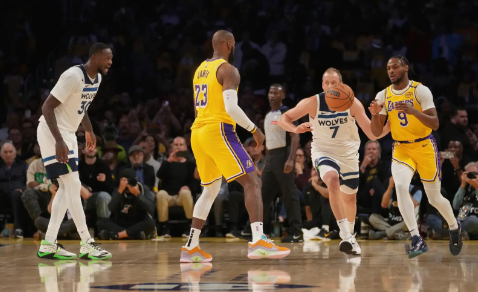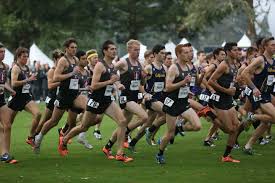On September first, 2024, I committed to St. Bonaventure University to run cross country and track and field. In order to get to this point, it took a lot more from me than just running consistently and racing well. The recruiting process takes just as much time and energy as simply becoming a better runner. However, if you know how to go about getting into contact with college coaches and what to do once you make this happen, I firmly believe that anyone can run in college if they desire.
Phone and Zoom Calls
Once you start getting responses from college coaches (see previous edition for initial steps), one of the first things they will ask to do with you is to get on a call. This may be either a phone call or a Zoom call. Here, the coach will discuss with you the main selling points for their school and their program. In order to make a good first impression, be sure to turn your camera on if you’re participating in a Zoom call, speak with confidence, and be a strong listener. You will want to give the impression that you’re very interested in what they have to say, and you will also want to take the opportunity to learn as much as you can about their program.
One of the most important things to do before hopping on a call with a college coach is to line up a set of questions that you want to know about their team and program. Some examples of questions that I would ask on every single call include, “What does an average training week look like for the team?” or “What are your goals for this team in the near future?” On every single college call that I was ever on, I was asked if I had any questions towards the end. On some calls, coaches began by having me ask questions, and that was the central focus of the conversation. If you go in unprepared, you’re not only going to learn a lot less, but you’re also going to make a poor impression on the coach that you’re talking to. On the contrary, if you go in prepared with the intent to listen, you will derive nothing but positive results from these conversations.
Official and Unofficial Visits
The next step in the recruiting process following a positive phone call would be to visit the particular school that you’re interested in. There are two types of visits: unofficial and official. Unofficial visits generally involve meeting with the coach, getting a tour around campus, and perhaps meeting the team or getting to view a practice. You can do an unlimited number of unofficial visits. On the other hand of the spectrum, official visits are a much bigger deal. You can only do one official visit with each school, and it generally involves you spending an overnight in the dorms with a member or two of the team. Coaches will only offer you an official visit if they truly want you as a member of their squad, and for me at least, I was notified of whether or not I would be a scholarship athlete on their roster (all though that is subject to change, as I dropped down to walk-on by the time I committed). If your official visit is after August first, you will be told how much athletic money you will receive. For the most part, official visits will take place in the fall, as that is close to when most athletes decide to commit. An official visit is a pretty big investment of time and money for the Coaches and the athletic program, so only go on one if you are truly interested in possibly attending the school.
One of the biggest pieces of advice that I would give to athletes looking to be recruited is to never commit to a school unless you’ve gone on an official visit. In order to get an idea of whether or not you will be happy at a school, you will need to spend a day as if you went there. You need to know whether or not you enjoy spending time with the team, whether or not you like the location of campus, and ultimately whether or not you would be happy as both an athlete and a non-athlete at the school. For example, if you tore your ACL and weren’t able to run for a year, would you still be happy? School’s are able to put on a show for a three hour visit, but they will not be able to do that for a whole day, especially when you’re alone with the team.
Committing
Finally, if you are bought in on all aspects of the school, from academics, to athletics, to student-life and everything in between, you are ready to commit. For me, this was as simple as notifying my coaches that I was ready to make my decision. All that is ahead of me now is the application process and signing day. I truly believe that with the proper knowledge of how to go about getting recruited, everybody will be able to run in college, and everyone will find a school that they’re happy with. It may not be easy, but in the end, it was definitely worth it for me, as I will now be able to compete in the sport I love for four more years at the highest non-professional level.


























